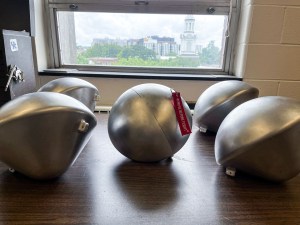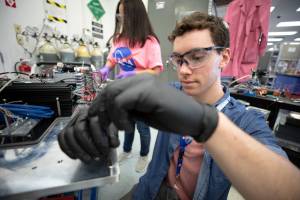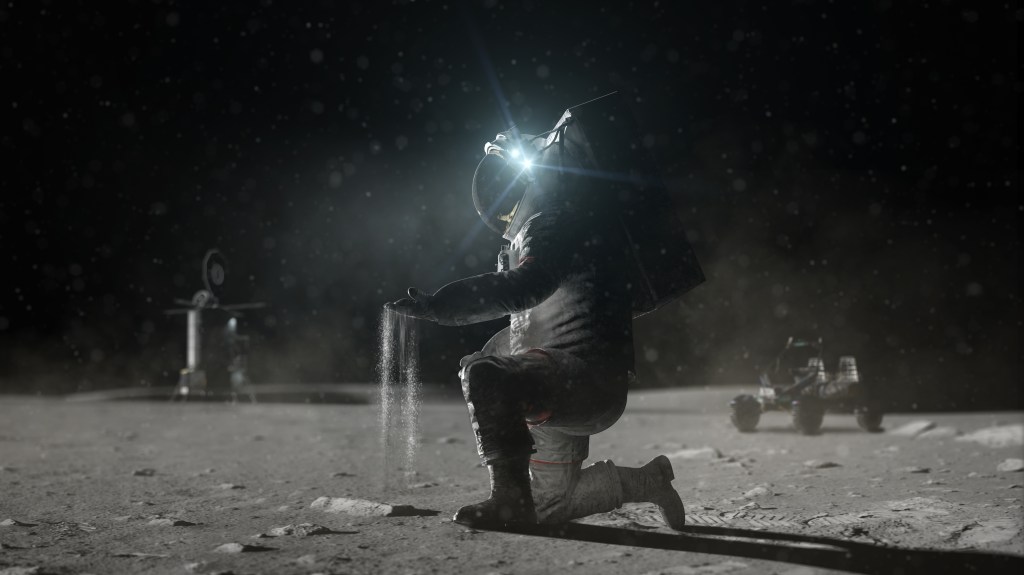EPSCoR News Archive

In July 2024, five student-built capsules endured the scorching heat of re-entry through Earth’s atmosphere as part of the second Kentucky Re-Entry Probe Experiment (KREPE-2). Scientists are now analyzing the data from the KREPE-2 experiments, which could advance the development…

NASA provides a variety of pathways for those outside the agency to contribute to authentic and meaningful research. Whether you’re a student pursuing a degree in STEM (science, technology, engineering, or mathematics), an educator looking for new ways to engage…

NASA announced the recipients of the Established Program to Stimulate Competitive Research (EPSCoR) grants, which will support scientific and technical research projects for more than 20 universities and organizations across the United States. “NASA’s EPSCoR awards are a tool to…

NASA is awarding approximately $45 million to 21 higher-education institutions to help build capacity for research. The awards were made possible through the Minority University Research and Education Project Institutional Research Opportunity (MIRO) and Established Program to Stimulate Competitive Research (EPSCoR)…

Ten research investigators at nine academic institutions will advance their science and technology projects while contributing to NASA’s research priorities through an agency collaboration with the U.S. National Science Foundation (NSF).

NASA announced the recipients of its annual STEM grants, providing nearly $4 million in total funding, to support scientific and technical research that aligns with the agency’s strategic research and technology development priorities. By providing resources to support cutting-edge research…

Can studying sleeping Arctic ground squirrels help astronauts and further NASA’s mission? Dr. Kelly Drew and her students studied hibernating squirrels and their ability to retain muscle and bone mass during extended hibernation and they think it could apply to…

By Danielle Sempsrott NASA’s Kennedy Space Center Ever since he was a young boy, watching the televised lunar landings from his hometown of Cañuelas, Argentina, Pablo de León knew he wanted to contribute to human space exploration. Now, as chair…

By Jim Cawley NASA’s Kennedy Space Center For almost three decades, NASA’s Established Program to Stimulate Competitive Research (EPSCoR) has supported science research and development at colleges and universities. The program strengthens the research capability of institutions in underfunded jurisdictions…

By Bob Granath NASA’s Kennedy Space Center, Florida A leak detector soon to be tested aboard the International Space Station was designed by university scientists and could play a crucial role in NASA’s Journey to Mars. The device was developed…



























